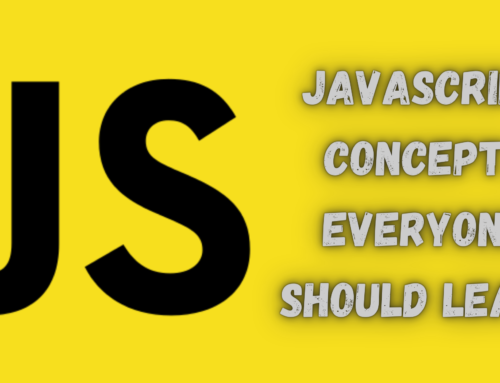
var vs let vs const
In this article, var, let and const will be discussed with respect to their scope, use and hoisting. Normally in Javascript we create a variable like this.
var x = "StatelyWorld!";
But in ES6 we can also create a variable like this.
let x = "StatelyWorld!"; const x = "StatelyWorld!";
Now you are wondering what is the use of let and const in ES6. First, let’s find the answer of why. There is a concept in JavaScript, called “Hoisting“. Hoisting is JavaScript’s default behavior of moving declarations to the top. Let’s look at a quick example to explain it.
(function(){
var a = 1;
var b = 2;
console.log(a + " " + b);
})();
Output:
1 2
once it runs, it prints 1 and 2 as expected. but let’s move up line number 4 and we get below output.
(function(){
var a = 1;
console.log(a + " " + b);
var b = 2;
})();
Output:
1 undefined
Now when someone uses this code in large projects probably by mistake because clearly console.log(a + ” ” + b); takes place before b is declared. However, this is perfectly valid javascript and it generates no error. This is the problem with hoisting in javascript. This code actually trend leads to something like this.
(function(){
var a;
var b;
a = 1;
b = 2;
})();
Transpiling and Polyfilling
Polyfill – emulates APIs (AKA shimming)
Traspiler – trasforms your code










